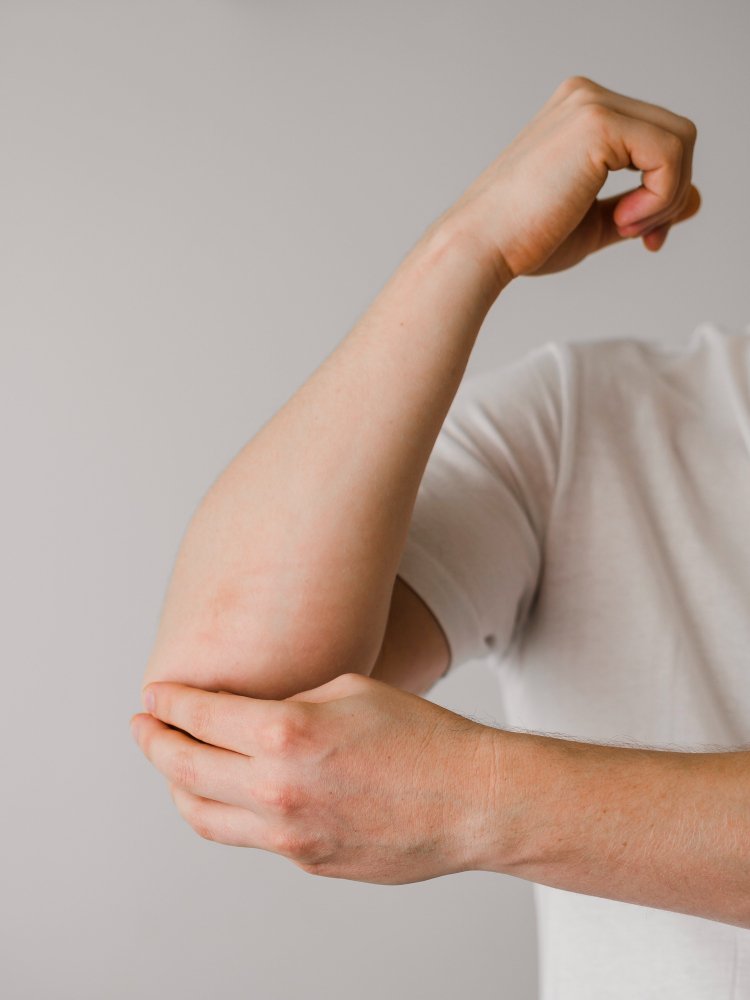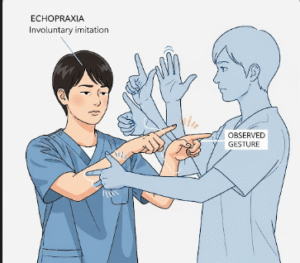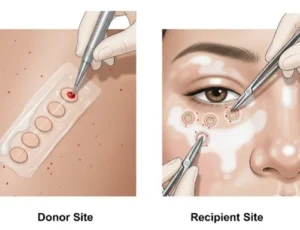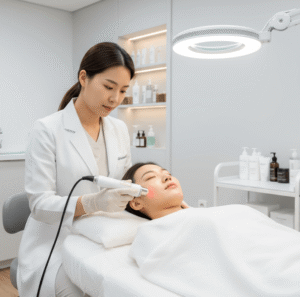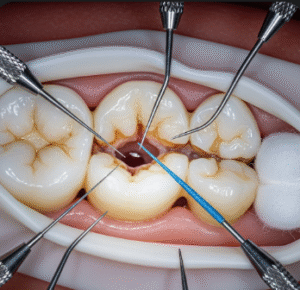What It Is
Trigger finger release is a surgical treatment for stenosing tenosynovitis, commonly known as trigger finger or trigger thumb. The condition occurs when the tendon sheath in the finger becomes narrowed, making it difficult for the tendon to glide smoothly. This leads to symptoms such as pain, stiffness, and the finger getting “stuck” in a bent position before suddenly popping straight.
The surgery involves cutting the A1 pulley (a band of tissue that holds the tendon) to relieve pressure and allow the tendon to move freely again. In Korea, this procedure is performed by plastic surgeons, orthopedic surgeons, and hand specialists, often using minimally invasive methods for faster recovery.
Why It’s Done
Trigger finger release is recommended when:
- The finger frequently locks or catches.
- Pain persists despite non-surgical treatments.
- Symptoms interfere with daily activities (gripping, writing, or typing).
- There is significant stiffness, swelling, or loss of hand function.
- Conservative therapies such as splinting or injections have failed.
The surgery restores smooth finger motion, relieves pain, and prevents permanent stiffness.
Alternatives
Non-surgical and minimally invasive alternatives include:
- Splinting: Wearing a splint at night to rest the tendon.
- Corticosteroid injections: Reduce inflammation and relieve symptoms temporarily.
- NSAIDs: Medications to reduce pain and swelling.
- Physiotherapy: Stretching and strengthening exercises.
- Percutaneous release: A needle is used to release the tendon sheath without open surgery.
Surgical release is considered when other treatments are unsuccessful or symptoms are severe.
Preparatio
Preparation before trigger finger surgery in Korea includes:
- Consultation: With a hand surgeon to confirm diagnosis.
- Imaging: Usually not needed, but ultrasound may be used to evaluate tendon movement.
- Medical assessment: Blood tests and anesthesia clearance if required.
- Lifestyle adjustments: Avoiding smoking and alcohol for 2 weeks before surgery to support healing.
- Post-op planning: Arranging for a short rest period from heavy hand use.
How It’s Done
Trigger finger release can be done under local anesthesia and typically takes 15–30 minutes.
- Open release (standard):
- A small incision is made in the palm at the base of the affected finger.
- The surgeon carefully cuts the A1 pulley to release the tendon.
- The incision is closed with fine sutures.
- Percutaneous release (minimally invasive):
- A needle is inserted through the skin to cut the pulley without an incision.
- No stitches are needed, and recovery is often quicker.
Recovery
Recovery is usually fast compared to other hand surgeries:
- First days: Mild swelling and soreness; dressings are applied.
- Stitches removal: In 1–2 weeks for open release.
- Return to activities: Light hand use within a few days; most daily activities within 1–2 weeks.
- Physiotherapy: Sometimes recommended to restore flexibility and prevent stiffness.
- Full recovery: Usually within 4–6 weeks, though grip strength may take longer to fully return.
Possible Complications
Although generally safe, potential risks include:
- Infection or bleeding.
- Tenderness or pain at the incision site.
- Scar sensitivity.
- Incomplete release requiring revision surgery (rare).
- Temporary nerve irritation causing numbness.
Treatment Options in Korea
Diagnosis
- Physical exam with finger movement tests.
- Sometimes ultrasound to confirm tendon entrapment.
Medical Treatments
- NSAIDs, steroid injections, and splinting in mild cases.
- Occupational or physical therapy for hand function improvement.
Surgical or Advanced Therapies
- Open trigger finger release: The most reliable method.
- Percutaneous release: Minimally invasive option with quicker recovery.
- Revision surgery: For rare cases of recurrence.
Rehabilitation and Support
- Hand therapy to restore flexibility and grip strength.
- Scar care with silicone sheets or massage.
- International patient services, including interpreters, hospital coordination, and telemedicine follow-up.

